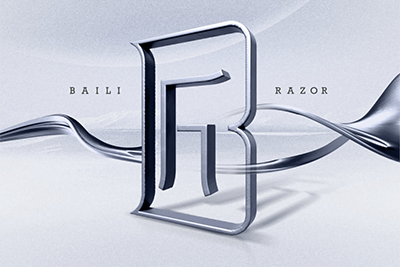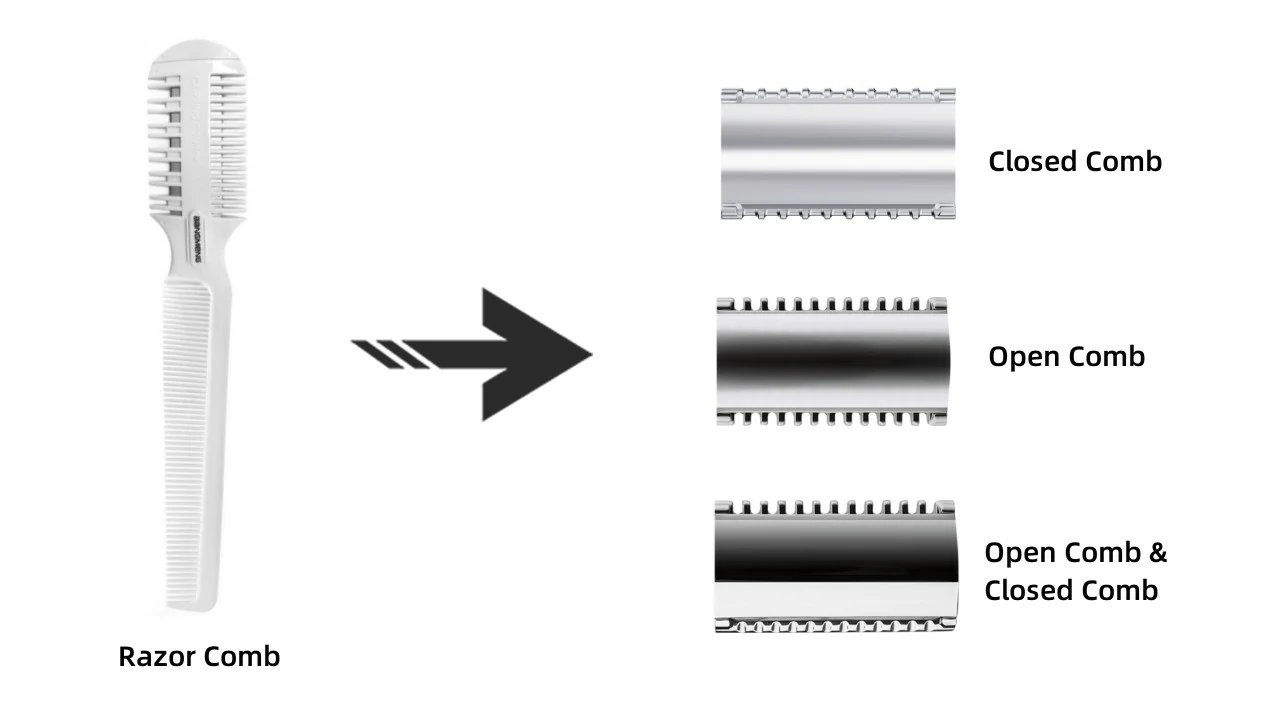Shaving has been part of human grooming for thousands of years. From ancient stone blades to modern razors, people have always looked for better ways to remove hair safely and efficiently. One invention that stands out in recent history is the Razor Comb, a tool that combines the precision of a comb with the cutting power of a razor. When applied to manual razors, this simple yet smart design has transformed the shaving experience. Let’s explore how the Razor Comb works, the changes it brought to manual razors, and why it’s such a game-changer.
What is the Razor Comb?
Hidden between its teeth is a tiny razor blade perfect for trimming split ends, shaping sideburns, or cleaning up necklines. It’s like a Swiss Army knife for hair and facial hair. Its teeth act as a guide, helping users trim hair to a consistent length while protecting the skin from cuts. Old-school barbers loved these things, and now retro shaving fans are bringing them back.
Key Changes in Manual Razors
Precision Trimming
Before the Razor Comb, trimming facial hair evenly was tricky. People often accidentally shaved too close or left patches of uneven hair. The Razor Comb’s teeth lift and align hair before the blade cuts it. This ensures every strand is cut at the same length, creating cleaner lines for styles like beards or mustaches. For decades, people have used combs to style hair or prep beards before trimming, but Manual Razors eliminates the need for a separate step. By integrating the comb directly into the razor, the manual razor with razor comb solves a common problem: uneven hair length and tugging during shaving. The comb’s spacing is carefully calibrated to work with different hair types, from thick stubble to fine facial hair, making it versatile for all users.
For daily shavers, the Razor Comb reduces irritation. By aligning hairs before cutting, the blades slice cleanly without tugging or pulling. This means less redness and fewer ingrown hairs—a major win for those with sensitive skin. Users also save time since they no longer need to comb their hair separately or go over the same spot multiple times.
The design also encourages sustainability. Manual Razors’ products are built to last, and the Razor Comb’s durability means fewer replacements over time. This aligns with growing consumer demand for eco-friendly grooming tools. So combining a manual razor and a razor comb is a perfect combination.
When razor comb is applied to manual razor, people divide it into open comb and closed comb. While both types aim to give a smooth shave, they work differently. Let’s break down how these razors compare and which might be better for your needs.
- Design: Teeth vs. Solid Bar
The biggest difference lies in the blade guard, the part that sits just above the razor’s cutting edge.
Open Comb Razor: The guard has spaced-out teeth that look like a comb. These teeth create gaps, allowing hair and shaving cream to flow through easily.
Closed Comb Razor: The guard is a solid bar or has tightly packed teeth. This creates a flat surface that rests against the skin during shaving.
- Performance: Efficiency vs. Safety
Open Comb:
Best for thick or long hair: The gaps between the teeth guide coarse hairs toward the blade, reducing tugging. This makes it easier to shave heavy beards without clogging.
Closer shave: The blade sits slightly closer to the skin, cutting hair at the root for a smoother finish.
Requires skill: Because the blade is more exposed, pressing too hard can cause irritation or cuts.
Closed Comb:
Gentler on skin: The solid bar protects the skin from direct blade contact, making it ideal for sensitive skin or daily shaving.
Better for beginners: The flat guard helps control the blade angle, reducing the risk of nicks.
May clog faster: Thick hair or shaving cream can get trapped under the solid bar, requiring frequent rinsing.
- Ideal Users
Choose an open comb razor if:
You have thick, curly, or long facial hair.
You want a very close shave (e.g., for a polished look).
You’re comfortable with shaving techniques and blade control.
Choose a closed comb razor if:
You have sensitive or acne-prone skin.
You shave daily or prefer a quick, low-maintenance routine.
You’re new to using manual razors.
- Cleaning and Maintenance
Open comb: The gaps between teeth make rinsing out hair and cream effortless.
Closed comb: The solid bar can trap debris, so you may need to tap the razor or rinse it more often.

Knowing the advantages of open comb and closed comb, have you ever thought about combining the two on the same razor to bring a different shaving experience?
A razor that combines both open comb and closed comb designs offers several key benefits. First, it provides flexibility for different hair types. The open comb side works well for thick or coarse hair, allowing the blades to cut smoothly without clogging. The closed comb side is gentler, perfect for sensitive skin or daily shaving, reducing the risk of irritation.
Second, this combination saves time and effort. Users can switch between the two sides based on their needs—for example, using the open comb for longer facial hair and the closed comb for touch-ups. This makes the tool adaptable for various situations, like travel or changing grooming routines.
Lastly, it offers cost-effectiveness. Instead of buying two separate razors, a single dual-design product meets multiple needs, saving money and storage space. This makes it a practical choice for users who want convenience and quality in one tool.
By blending the strengths of both designs, this Neuer offener, geschlossener Kamm, bester Sicherheitsrasierer aus Edelstahl delivers a balanced, customizable shaving experience suitable for all users.
The razor comb razor, a simple yet revolutionary tool, combines a manual razor with a comb to create a smarter way to shave. By merging these two everyday items, it solves common problems faced by people who use traditional razors, making grooming easier and safer.







